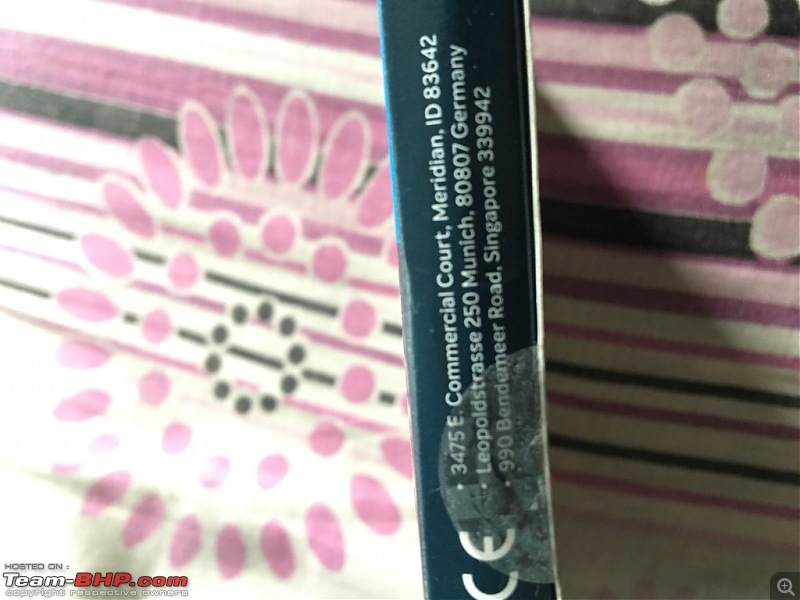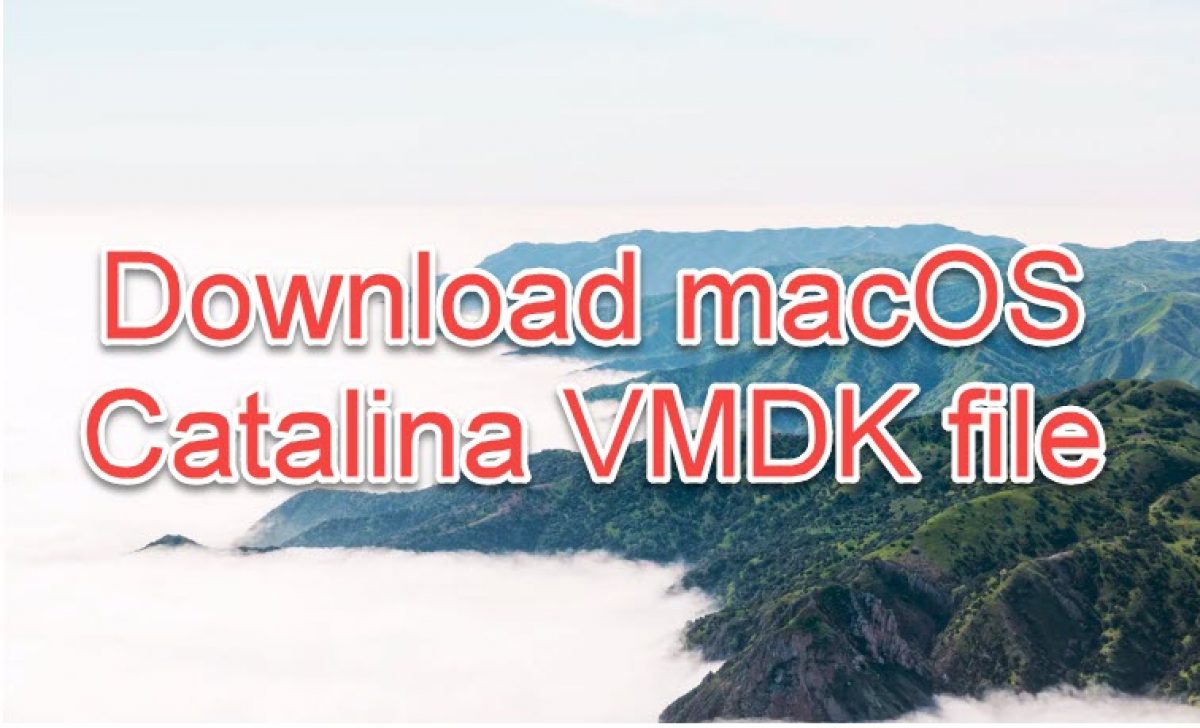Apple hasn’t shipped operating systems on physical media in a full decade, but there are still good reasons to want a reliable old USB stick for macOS Catalina. Luckily, it's not hard to make one—either with a handy graphical user interface or some light Terminal use. Here's what you need to get started:
- A Mac that you have administrator access to. We've created a USB stick from both Mojave and Catalina, but your experience with other versions may vary.
- A 16GB or larger USB flash drive or a 16GB or larger partition on some other kind of external drive. A USB 3.0 drive will make things significantly faster, but an older USB 2.0 drive will work in a pinch; 8GB drives worked for Mojave and older versions of macOS, but the Catalina installer is just a little too large to fit.
- The macOS 10.15 Catalina installer from the Mac App Store (in High Sierra or older macOS versions) or the Software Update preference pane in Mojave. The installer will delete itself when you install the operating system, but it can be re-downloaded if necessary.
- If you want a GUI, take a look at Ben Slaney's Install Disk Creator from MacDaddy. There are other apps out there that do this, but this one is quick and simple.
Oct 09, 2019 Once the download is finished, you can see ‘macOS Catalina Installer” under Downloads folder. Now it’s time to erase your USB stick or memory card. Insert the medium you wish to use for creating a bootable installer in your Mac and open Disk Utility.
- Apr 12, 2020 macOS Catalina 10.15 is the latest operating system that runs on Apple Mac laptops and desktops. However, it is still in beta test and only available for part of Mac computers with high profile or enrolled in Apple Beta Program. Is there any way to upgrade the macOS to Catalina manually or install Catalina on Mac from scratch? The answer is Yes.
- If you have more than one Mac you want to upgrade to macOS 10.15 Catalina but don't want to waste so much bandwidth downloading it for each machine, one option is to create a bootable installer on.
If you want to use this USB installer with newer Macs as they are released, you'll want to periodically re-download new Catalina installers and make new install drives. Apple rolls support for newer hardware into new macOS point releases as they come out, so this will help keep your install drive as universal and versatile as possible.
There's also one new consideration for newer Macs with Apple's T2 controller chip—as of this writing, that list includes the iMac Pro, the 2018 Mac Mini, the 2018 MacBook Air, and 2018 and 2019 MacBook Pros, though Apple keeps an updated list here. Among this chip's many security features is one that disallows booting from external drives by default. To re-enable this feature, hold down Command-R while your Mac reboots to go into Recovery Mode and use the Startup Security Utility to 'allow booting from external media.' If you're trying to install an older version of macOS, you may also need to go from Full Security to Medium Security to enable booting, but if you're just trying to install the current version of macOS, the Full Security option should be just fine. And if you're just doing an upgrade install rather than a clean install, you can run the Catalina installer from the USB drive from within your current installation of macOS, no advanced tweaking required.
The easy way
Once you've obtained all of the necessary materials, connect the USB drive to your Mac and launch the Install Disk Creator. This app is basically just a GUI wrapper for the terminal command, so it should be possible to make install disks for versions of macOS going all the way back to Lion. In any case, it will work just fine for our purposes.
Install Disk Creator will automatically detect macOS installers on your drive and suggest one for you, displaying its icon along with its path. You can navigate to a different installer if you want, and you can also pick from all the storage devices and volumes currently connected to your Mac through the drop-down menu at the top of the window. Once you're ready to go, click 'Create Installer' and wait. A progress bar across the bottom of the app will tell you how far you have to go, and a pop-up notification will let you know when the process is done. This should only take a few minutes on a USB 3.0 flash drive in a modern Mac, though using USB 2.0 will slow things down.
The only slightly less-easy way
The Install Disk Creator is just a wrapper for the terminal command to create macOS install disks, so if you’re comfortable formatting your USB drive yourself and opening a Terminal window, it’s almost as easy to do it this way. Assuming that you have the macOS Catalina installer in your Applications folder and you have a Mac OS Extended (Journaled)-formatted USB drive (which is to say, HFS+ and notAPFS) named 'Untitled' mounted on the system, you can create a Catalina install drive using the following command.
sudo /Applications/Install macOS Catalina.app/Contents/Resources/createinstallmedia --volume /Volumes/Untitled
The command will erase the disk and copy the install files over. Give it some time, and your volume will soon be loaded up with not just the macOS installer but also an external recovery partition that may come in handy if your hard drive dies and you're away from an Internet connection. If you would like to create an install drive for a macOS version other than Catalina, just tweak the paths above to refer to Mojave or High Sierra instead.
Whichever method you use, you should be able to boot from your new USB drive either by changing the default Startup Disk in System Preferences or by holding down the Option key at boot and selecting the drive. Once booted, you'll be able to install or upgrade Catalina as you normally would. You can also use Safari, Disk Utility, or Time Machine from the recovery partition to restore backups or troubleshoot.
To create a bootable USB for MacOS Catalina on Windows has in no way been easier as it has a technical technique attached! If you’re looking ahead to create a bootable macOS Catalina 10.15 USB installation force, you’ve arrived in the right place. The technique which I actually have explained in these days’ tutorial is straightforward and quick to put into effect.

The bootable macOS Catalina USB installation drive can be both used to check on your other mac or you could additionally deploy it on a separate power. This technique will work for developer & public beta as well as the very last model which is going to be launched this fall.
If you want to smooth install macOS Catalina to your Mac or install it on a separate partition, you will in all likelihood need to use a bootable USB force. Using the USB pressure, you may boot your Mac, begin device healing and layout your gadget before installing the operating machine. Here is how you could effortlessly create a macOS Catalina bootable USB drive, with just a few Terminal instructions.
MacOS Catalina is the most recent version of the running machine that runs on the Mac. MacOS Catalina’s call was inspired by the aid of Santa Catalina Island, popularly known as Catalina and one of the Channel Islands off the coast of Southern California. In macOS Catalina, Apple has eliminated the iTunes app that is been a staple of the Mac running machine seeing that 2001. iTunes was cut up into 3 apps: Music, Podcasts, and TV.
You have a clue there are several ways to create MacOS Catalina USB Installer but one of the best and easiest way using Terminal on MacOS 10.15. However, you can use Disk Utility and I recommend you to choose Disk Utility because the procedure is quite easy and using Terminal is somehow complicated.
Required Files
- 16GB USB Flash Drive
- MacOS Catalina Image file
Download MacOS Catalina Image File
To create a bootable USB for MacOS Catalina you will need to download its image file, as you know on Windows there are a limit ways to install macOS Catalina. So, you can download MacOS Catalina from App Store or you can download MacOS Catalina using your developer account.
- To download MacOS Catalina go to apple developer and download MacOS Catalina. If you don’t have a developer account then create a new account and go ahead.
- Once you sign in with your developer account then search for macOS Catalina and click the Download button.
- Now, wait for a while to complete the download file.
Or you can download the MacOS Catalina DMG file from the below link. the download file is saved and secure on Google Drive and MediaFire from Malware and viruses. in case, you don’t want to download from the app store then you can create a MacOS Catalina USB drive using a DMG file.
Partition USB Disk on Windows using CMD
- Connect your USB.
- Go to the start menu and run CMD as an administrator.
- Then, type List Disk.
- Afterward, type Select Disk 1 and press enter key.
- Now, type Clean to format USB drive and press enter key.
- After that, you need to create a partition, therefore, type Create partition primary and press enter key.
- Then, type select partition 1 and press enter key.
- Now, type format=fs NTFS quick and press enter key.
- Finally, type active and press enter.
Create Bootable Usb Catalina
Create a Bootable USB for MacOS Catalina on Windows
Once you download the MacOS Catalina image file and you create a partition for your USB then follow the below instruction to create a bootable USB for MacOS Catalina on Windows. as I mentioned, we will create a USB drive using Disk Utility.
Step1: Connect your USB drive and go to Disk Utility. if you haven’t formatted your USB then you can format it here on Disk utility. Therefore, format your USB properly and make sure it doesn’t have an important file.

Step2: Now, open terminal on your Mac. you can do it by searching terminal on the spotlight or go to applications and find terminal.
Mac Os Catalina Bootable Usb Download For Windows 10
Step3: In the terminal, enter the below command and press return. here, it will as you to enter your Mac password.
Step4: Once the process is done then your MacOS Catalina bootable USB is ready now you can install it on your computer.
Related Articles:
Conclusion
This is all about MacOS Catalina bootable USB installer, this is the easiest method and you can create a bootable USB for MacOS Catalina on Windows. after that, using USB you can install MacOS Catalina several times on your Mac or you can update your Mac to MacOS Catalina. Besides that, if you have any question then feel free to ask me in the comment box.